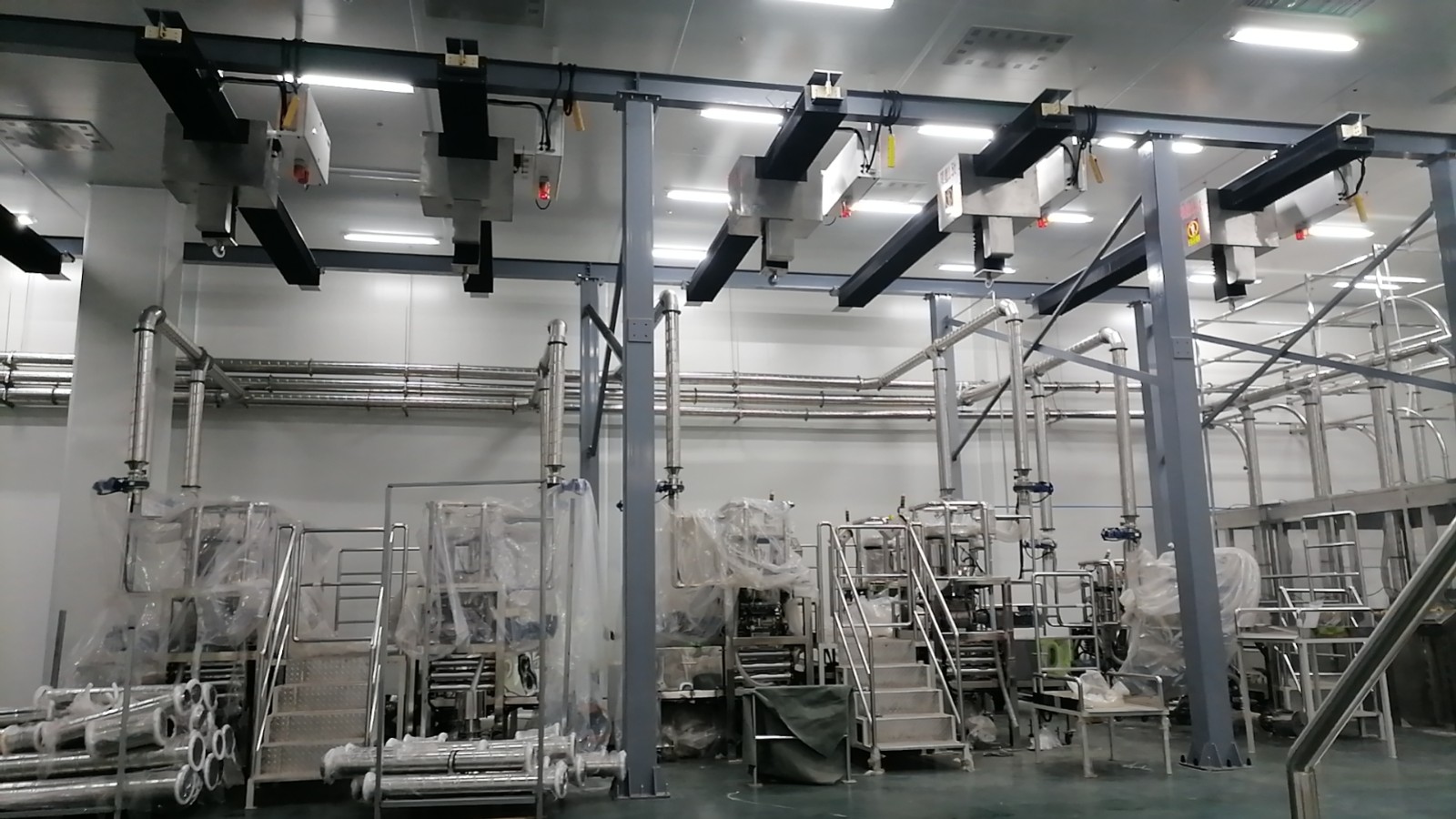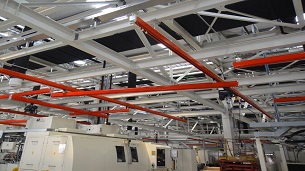Lightweight Aluminium Floor Mounted Jib Cranes
The lightweight aluminum floor mounted jib cranes can rotate 360° flexibly for lifting, support manual or electric rotation options to meet the needs of efficient and safe material lifting.
Lightweight aluminium floor mounted jib cranes adopt high-strength aluminium alloy main arm structure, with light overall weight and labor-saving operation. The cantilever can be rotated manually or electrically, and can be used with lifting devices such as chain hoists to complete the lifting, handling and positioning of workpieces. They are suitable for working environments with frequent material handling and limited installation space, such as assembly workshops, maintenance stations, laboratories, clean rooms, etc.

Product features of aluminium floor mounted jib cranes
● It is made of high-strength aluminium alloy with excellent strength-to-weight ratio, suitable for lightweight installation environments.
● The column and arm structure are compact, occupying less ground space, and can be flexibly arranged on one side of the production line or in an independent station.
● It adopts floor-standing installation without relying on the factory structure, and is suitable for various sites.
● It can be used with electric or manual chain hoists, with the characteristics of flexible rotation, stable lifting and accurate positioning.
● It supports customized arm length, height and rotation angle, and can provide anti-corrosion, dust-proof or clean level design solutions according to the use environment.
Main technical parameters (for reference)
● Material: high-strength aluminum alloy
● Lifting capacity: 50kg ~ 2000kg
● Jib length: 1m ~ 4m (customizable)
● Lifting height: 1.5m ~ 4m
● Rotation angle: 0° ~ 360°
● Lifting device: manual / electric chain hoist
● Installation method: floor-standing (fixed with anchor bolts)

Application scenarios of light floor mounted jib cranes
● Machining: used for loading and unloading of machine tools, mold handling
● Automotive maintenance: lifting heavy parts such as engines and gearboxes
● Warehousing and logistics: auxiliary cargo loading and unloading, stacking
● Electronic assembly: installation and adjustment of precision equipment
If you need to know more about the product parameters, selection suggestions or obtain a quotation of the floor mounted jib cranes, please feel free to contact us, we will provide professional customized services.







